Panasonic Viera TX-L37S20B Review
Panasonic Viera TX-L37S20B
Does this 37in LCD TV do enough to stand out from the crowd?
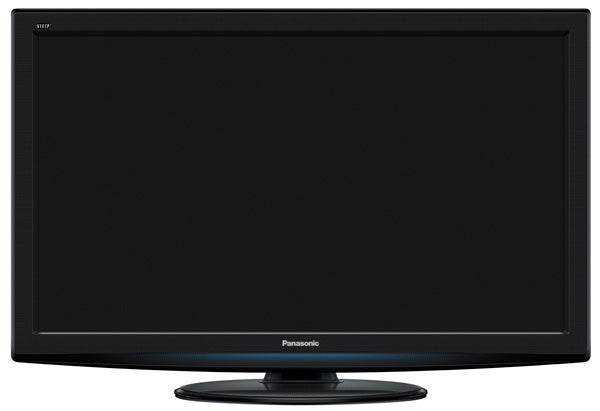
Verdict
Key Specifications
- Review Price: £499.49
When the L37S20B rolled up at our door, we have to say we struggled to muster much enthusiasm about reviewing it. For while Panasonic’s plasmas usually float our boat, and its edge LED LCD TVs have been interesting if flawed, its ‘vanilla’ CCFL LCD TVs have seldom been much to write home about.
This has been particularly true of CCFL LCD sets from relatively low down Panasonic’s pecking order. And as the S20 part of its name tells us, the L37S20B comes from the lower half of Panasonic’s current TV range.
However, our interest in the L37S20B suddenly took a big leap upwards when a search for prices on the set threw up a site selling it for under £500. This puts it in the same ball-park as the latest lower mid-range 37in TVs from LG, Samsung and even Toshiba – company that Panasonic traditionally struggles to keep when it comes to pricing.
Our surge of enthusiasm started to wane again almost right away, though, when we clocked the set’s design. For from a typical kind of viewing distance, at least, its design appears to be just another of Panasonic’s dull as dishwater black rectangles. Even if Panasonic believes that its target market is a relatively conservative one, we honestly think that sticking so resolutely with such a drab design for so many of its TVs is harming Panasonic’s business. 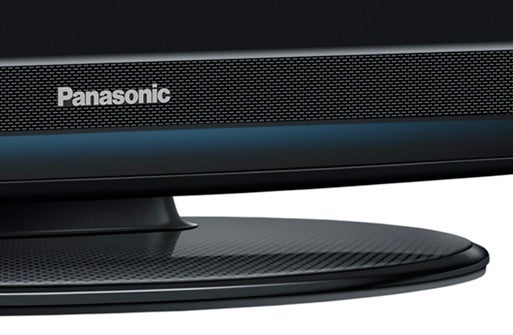
To be fair to the L37S20, if you get close enough to it you’ll see that it’s actually not quite as unimaginative as you thought, since its bezel contains an attractive little pimpled pattern and a touch of blue on its bottom edge. It’s just unfortunate that you have to be practically touching the set, or be shining a torch at it, before these ‘flourishes’ become readily visible!
It doesn’t help the L37S20B’s rather clunky appearance that it also sticks out a huge amount round the back compared with most of today’s increasingly svelte models. So much so that it makes the TV look very dated.
The L37S20B picks up its game a little – though only a little – with its specification and feature count. Its decently connected, for a start, with highlights of three HDMIs (one built to the v1.4 spec to offer an audio return channel), an Ethernet port, a D-Sub PC port, and an SD card slot.
The SD slot is capable of playing JPEG photos or AVCHD/SD-Video files – which is OK as far as it goes, but we wouldn’t have minded seeing support for at least MP3 audio and DivX video as well. Actually, come to think of it, it would have been nice to find a USB alternative to the SD card slot as well. And maybe the Ethernet port could have been used to offer access to DLNA PC files or Panasonic’s Viera Cast online service? Or maybe we’re starting to expect a bit too much now…
The L37S20B carries a full HD, 1920×1080 pixel resolution, as you would expect these days. Less predictable given the set’s cheap price and CCFL lighting is a high claimed dynamic contrast ratio of 100,000:1, and 100Hz processing for doubling the image’s refresh rate to improve motion clarity.
Also important these days is the L37S20B’s Freeview HD tuner – though it should be stressed that unlike the G20 series one step up in Panasonic’s range, the L37S20B doesn’t carry an integrated Freesat HD tuner as well.
Heading into the L37S20B’s onscreen menus, we find them continuing the drab impressions created by the TV’s exterior. It’s a menu system Panasonic has stuck with for years, and while it’s efficient at presenting the relevant information simply and concisely, man, it looks dated. The only sign of any ‘fun’ comes with some little illustrative icons that appear when you press the Viera Tools button.
Among the most useful features contained within these onscreen menus are a reasonably diverse set of picture presets, a Vivid Colour option for boosting colour saturations, and a multi-level noise reduction circuit.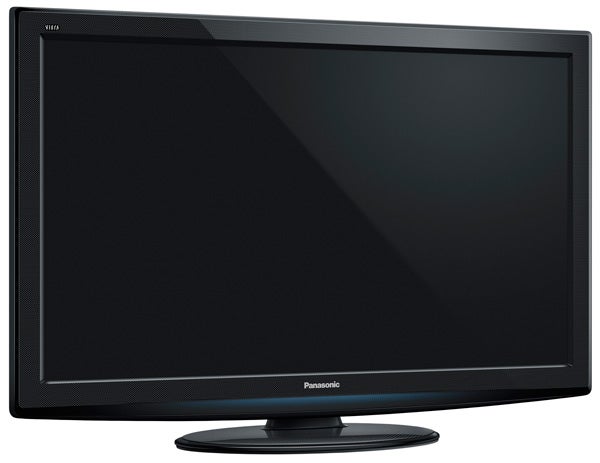
An option dubbed ‘C.A.T.S’ initially looks interesting, but actually turns out to be just a fancy name for the now commonplace eco-friendly technology that can automatically adjust the picture’s brightness in response to light levels in your room.
If you’re not familiar with Panasonic’s current menu structure, you might be forgiven for thinking that’s your lot where features are concerned. But actually, tucked for no apparent reason within an ‘Other Settings’ submenu of the ‘Setup’ menu (I) you can find options for turning off overscan with HD images, setting the level of Panasonic’s Intelligent Frame Creation (IFC) system, and defining the power of a Resolution Enhancer system.
IFC, as its name suggests, can create and interpolate extra frames of image data, in a bid to make pictures look more fluid. And the resolution enhancer is also self-explanatory, allowing you to choose to some degree how much extra sharpness the TV tries to add to standard definition sources.
Both these latter features are worth investigating, but at the same time should be handled with care. For instance, while IFC made some sources look clearer when set to its mid level, its high mode started to leave pictures looking unnatural and troubled by a few processing artefacts.
Similarly, with the Resolution Enhancer you shouldn’t use its highest-level setting as this can make pictures look unduly noisy. But provided you’re watching a reasonably clean standard def source, we’d say it can deliver positive benefits on its mid setting.
Unfortunately, though, despite the efforts of its various processing tricks the L37S20B’s picture quality is resolutely nothing special. Not particularly because it gets anything spectacularly wrong, but more because it doesn’t do anything spectacularly right.
The set’s biggest issue is that its pictures don’t look particularly sharp, even when watching HD. The main reason for this appears to be motion blur, which appears – especially over SD sources – even with the set’s motion processing in play.
We weren’t particularly impressed by the L37S20B’s colour handling either. There doesn’t seem as much finesse as we’d like when rendering the subtleties of tricky fare like skin tones, and nor is the colour palette as expansive and dynamic as we see with rival sets from other brands – most notably Samsung.
We’ve often found Panasonic’s LCD sets lacking in when it comes to black level response, and the L37S20B doesn’t do anything to change this impression. In these increasingly LED-dominated times we’re being spoiled into expecting black levels beset by much less grey clouding than those produced by the L37S20B. But it’s not just LED sets that make the L37S20B’s black levels feel wanting; even rival budget sets from Samsung and Toshiba handle blacks more satisfyingly. Especially as our test L37S20B sample suffered with a couple of pools of gentle backlight inconsistency in its bottom corners.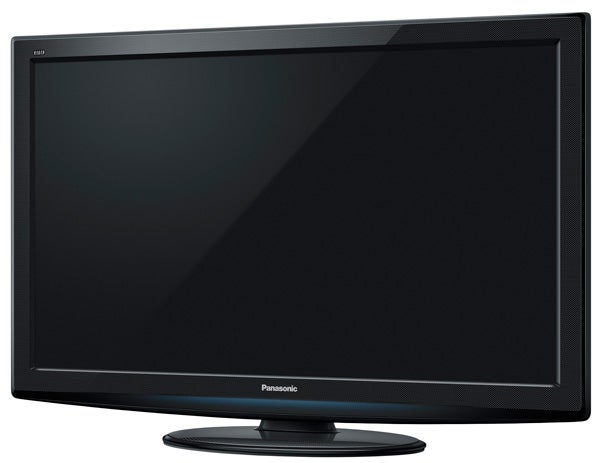
We’d expected, at least, to be able to say that the set’s contrast performance doesn’t suffer as badly as most LCD TVs when viewing the TV from the side. But actually, while the picture might not lose contrast all the way across the screen as readily as normal LCD TVs, parts (corners, sides) of the picture start to break down just as quickly – to equally distracting effect.
We realise that we’ve not found anything really positive to say about the L37S20B’s pictures – which seems a bit unfair, we guess, given that its pictures can overall be considered about average for a TV of its price. But such is the level of competition in the TV world now that ‘average’ no longer feels like enough, and inevitably leads to negative comparisons with the numerous above average TVs out there now.
While the L37S20B’s pictures struggle to stand out, at least its sound succeeds a little better. Perhaps because of the set’s unusually chunky design, it’s able to produce decent power and range. There’s a lack of clarity in the upper reaches of the soundstage, and bass can be a little lumpy. But its sound is certainly more satisfying than the flimsy, thin efforts heard all too often from LCD TVs.
Verdict
We’d hoped as we started reviewing the L37S20B that it’s unexpectedly low price might make it an easier recommendation than the majority of Panasonic’s LCD output. But ultimately the set’s stubborn refusal to stand out from the crowd in any way whatsoever has left us feeling rather cold despite the sub-£500 price.
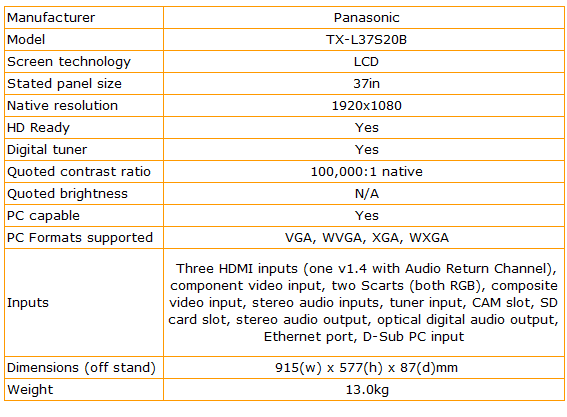
How we test televisions
We test every TV we review thoroughly over an extended period of time. We use industry standard tests to compare features properly. We’ll always tell you what we find. We never, ever, accept money to review a product.
Trusted Score
Score in detail
-
Features 7
-
Value 7
-
Image Quality 7
-
Design 6
-
Sound Quality 8
Features
| Size (Inch) | 37 in |
| Max. Resolution | 1920 x 1080 |
| Digital Tuner | DVB-C (MPEG4), DVB-T (MPEG4) |
| Contrast Ratio | 20000:1 |
| Refresh Rate (Hertz) | 100Hz |
Physical Specifications
| Height (Millimeter) | 621mm, 59.6mm |
| Width (Millimeter) | 287mm, 103mm, 915mm |
| Depth (Millimeter) | 87mm |
| Weight (Gram) | 13g |

